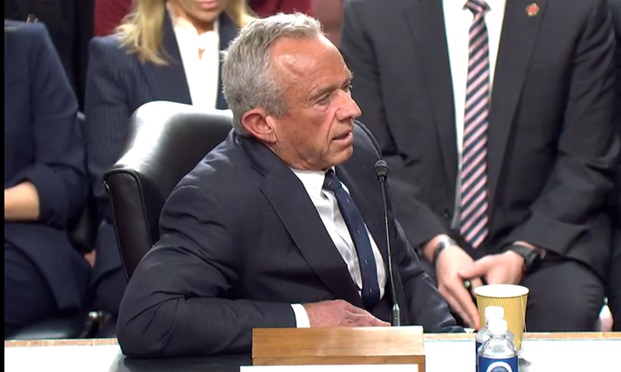With costs rising and benefit plans on the hot seat, brokers and agents need new strategies to deal with a secondary, but still very important, form of coverage: dental and vision insurance.
At AmeriFlex, we've been talking for more than a year now about health reimbursement accounts and how they play a pivotal role in the consumer-driven benefits spectrum. Using a health reimbursement arrangement plan design alongside a high-deductible health plan lets an employer reduce premiums without significantly impacting an employee's out-of-pocket expense.
The true benefit of an HRA is its flexibility. With an HRA an employer can define exactly what types of expenses the account can pay for. While HRAs can cover any item under section 213(d), in most cases, plan administrators limit eligibility to deductible-related expenses only. In other words, they do not set it up to cover OTC, dental, or vision. This gives the employers greater control over fund expenditures and lowers the potential liability.
Recommended For You
While this type of HRA plan design is nothing new, it does leave out key components of a client's total benefits package: the ancillary lines. As costs continue to rise, brokers and agents are being asked to find more creative ways to save employers money. Smart industry players have begun using the basic HRA plan design described above along with flexible spending accounts and health savings accounts to make the health plans more efficient. The next evolution of this type of flexible consumer-driven plan is to apply these same models to other cost drivers within the benefits portfolio: dental and vision insurance.
While health plans have traditionally been the favorite targets of downgrading and cost-saving measures, dental and vision benefits are now on the chopping block. Many employers and agents have either terminated dental and vision programs or have stripped out any meaningful benefits. This may provide some short-term premium relief but it comes at the expense of the employee.
What is needed is an innovative way to achieve the same goals of lowering premiums for ancillary coverage without sacrificing the benefit to the employee. The answer, surprisingly enough, can be found in the HRA plan design.
As you may recall, one of the most compelling advantages of an HRA is its inherent flexibility through which an employer can control what types of expenses are eligible for reimbursement. Until recently, HRAs have only been applied to medical plans. Now, however, we are seeing new growth in a limited HRA dental/vision offering. This basic design allows an employer to make HRA dollars accessible to employees for dental and vision services only. Rather than pay high premiums for dental or vision insurance, employers can partially self-fund a predetermined amount of an employee's coverage. Claims are only paid when the plan is used and any unused funds revert directly back to the employer.
Employers can expand upon this strategy and offer greater value to employees by combining a limited HRA dental/vision offering with a discount dental/vision network. With an established discount network, employees can make more efficient use of their HRA funds. Better yet, this plan can be implemented on a debit card platform and can work within an employer's existing FSA/HRA/HSA plan design.
Consumer-driven health care may be the primary focus for many brokers and agents, but a little creativity in the application of a flexible HRA plan can set you ahead of the curve and help you deliver a more comprehensive consumer-driven benefits strategy.
© Touchpoint Markets, All Rights Reserved. Request academic re-use from www.copyright.com. All other uses, submit a request to [email protected]. For more inforrmation visit Asset & Logo Licensing.






